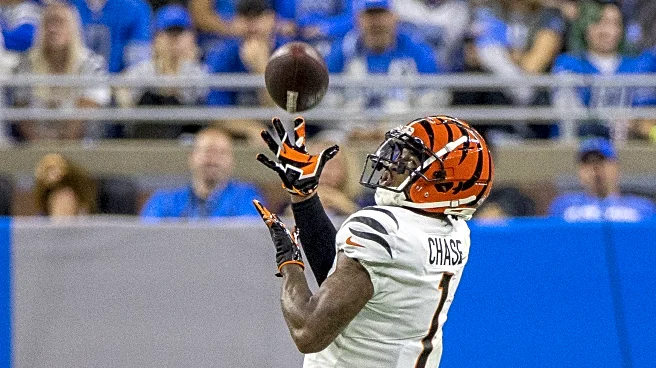What's Happening?
A former Wisconsin resident, now living in New York City, shares insights on the cultural differences experienced when returning to the Midwest. The author highlights several aspects that stand out, such as the emptier airports, stronger Midwestern accents, and the availability of plastic carry-out bags, which are banned in New York. The larger store sizes and lower prices for goods like gas and milk are also noted as significant differences. Additionally, the author observes the prevalence of local specialties in stores, such as Wisconsin cheese curds, and the cultural importance of football in the region. The friendliness and small-town feel of the Midwest contrast sharply with the fast-paced, guarded nature of New York City life.
Why It's Important?
This narrative underscores the cultural and economic disparities between urban centers like New York City and the Midwest. The differences in pricing and store sizes reflect broader economic trends and consumer behaviors in different regions. The cultural observations, such as the emphasis on football and Midwestern friendliness, highlight the diverse social fabric of the United States. These insights can inform businesses and policymakers about regional preferences and behaviors, potentially influencing marketing strategies and policy decisions. The story also resonates with individuals who have experienced similar transitions, offering a relatable perspective on adapting to different cultural environments.
What's Next?
As the author continues to visit the Midwest, these cultural observations may evolve, reflecting changes in regional dynamics or personal adaptation. Businesses might leverage such insights to tailor their offerings to better meet local preferences, while policymakers could consider these cultural and economic differences when crafting legislation. The ongoing dialogue between urban and rural lifestyles may also influence broader societal trends, including migration patterns and regional development strategies.
Beyond the Headlines
The story touches on deeper themes of identity and belonging, as individuals navigate the complexities of living in different cultural environments. It raises questions about how regional identities are maintained or altered through migration and how nostalgia influences perceptions of home. The narrative also highlights the importance of cultural diversity within the U.S., encouraging a broader understanding and appreciation of different lifestyles and values.











